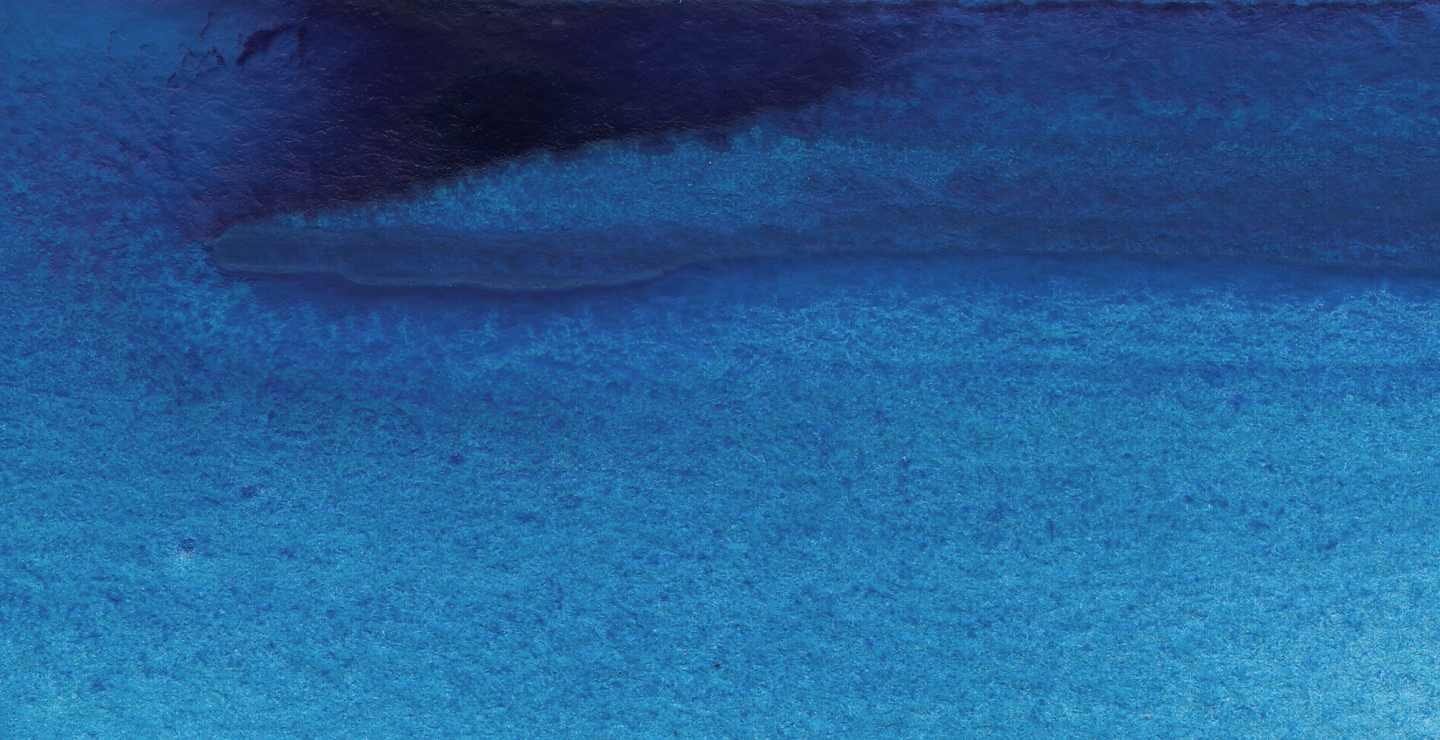
Pearl Education
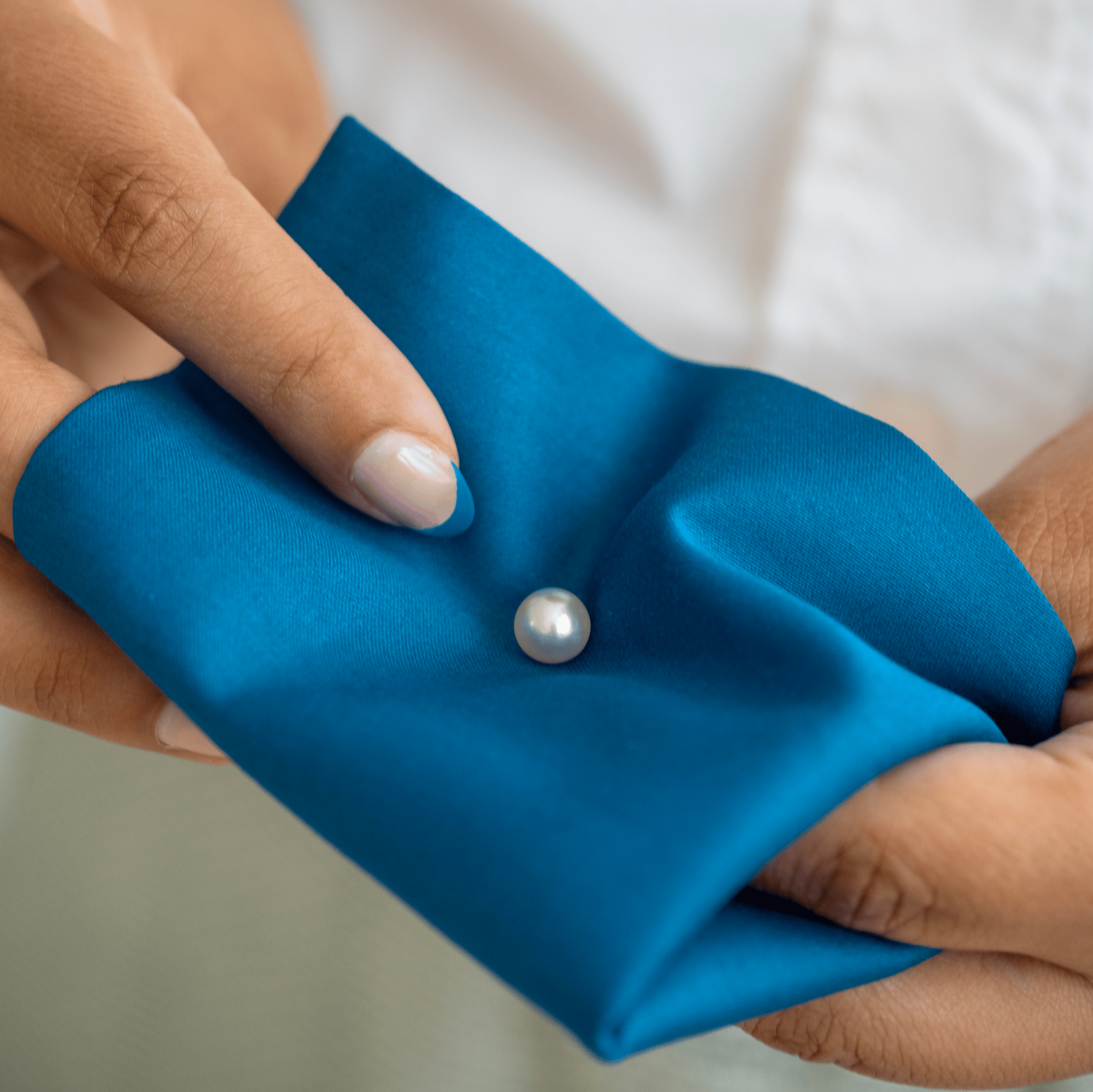
About Pearls
PEARLS ARE THE ONLY NATURAL STONES THAT CANNOT BE CUT OR SHAPED
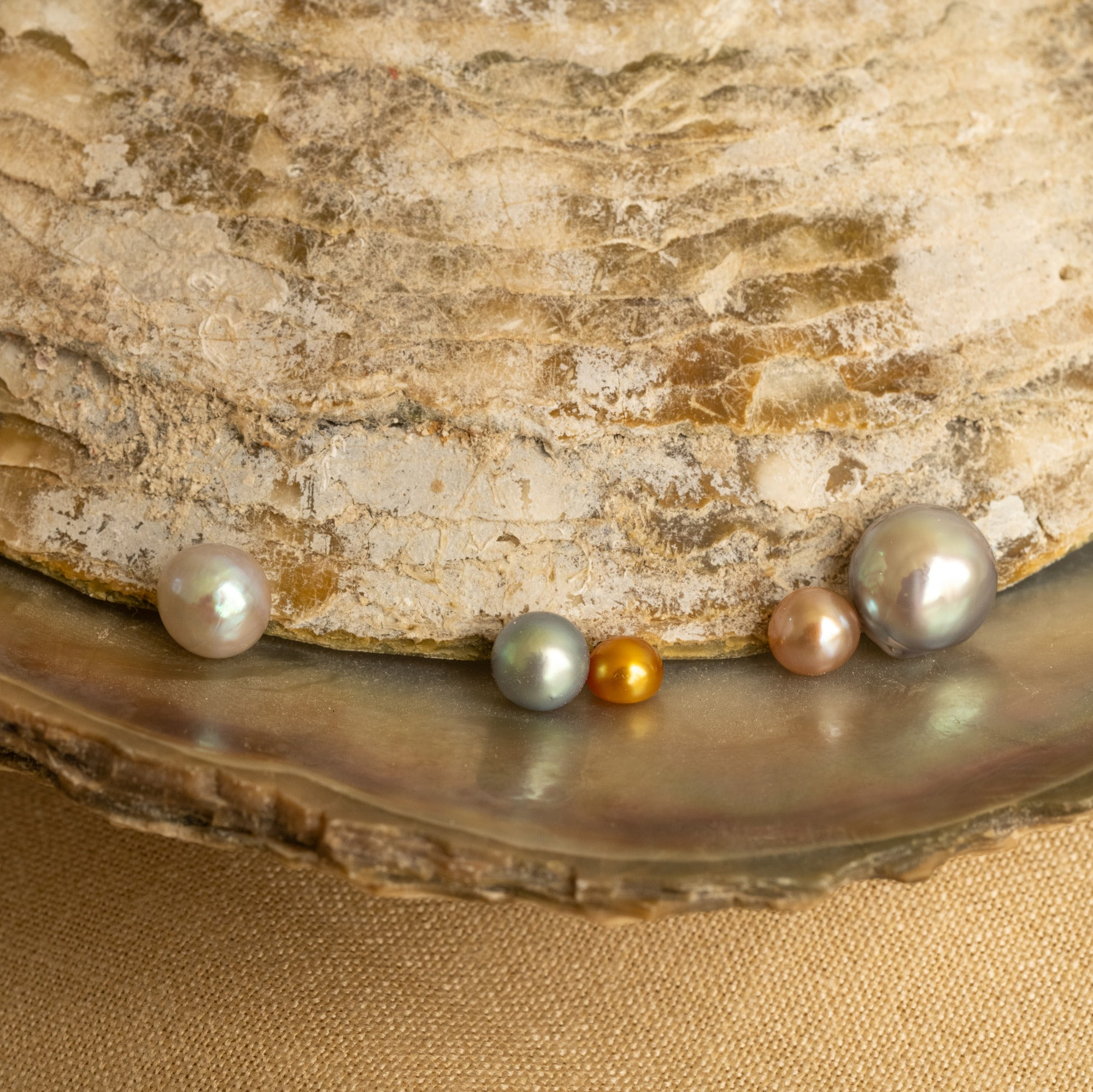
About Pearls
PEARLS ARE THE ONLY NATURAL STONES THAT CANNOT BE CUT OR SHAPED
For nearly four thousand years, pearls have captivated the hearts of those who seek beauty and luxury. In the enchanting land of Bahrain, these timeless jewels dangled from the necks of women, symbolizing elegance and rare glamour. Legends whisper of their origin: some say they are born from a drop of rain that falls into the oyster, while others believe they emerge from the embrace of foreign objects.
Yet, recent scientific studies reveal a more profound truth. Pearls are formed when a the mollusk suffers an injury, or when the oyster is struck on its outer shell, prompting it to secrete a pearly white substance that envelops the source of irritation, transforming it into a precious gem. Composed of calcium carbonate, water, and organic matter, each pearl is a unique testament to nature’s artistry, created within the sanctuary of the oyster.
About Pearls
PEARLS ARE VALUED BASED ON THESE MAIN FACTORS
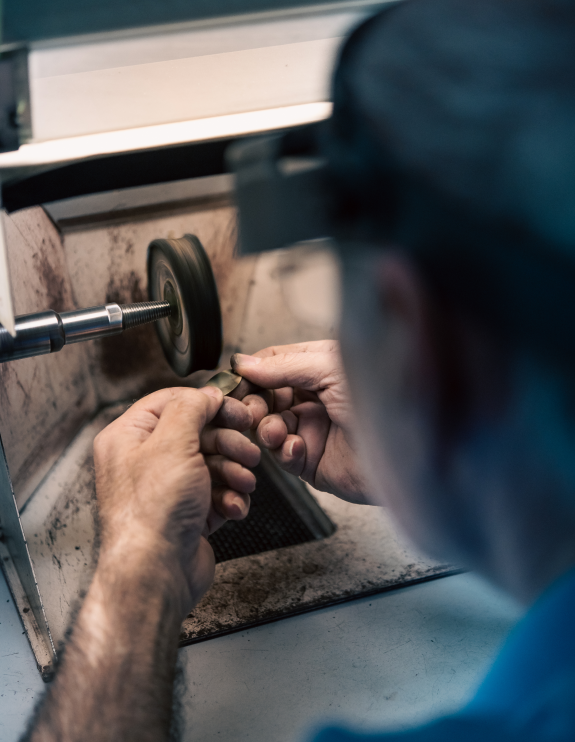
About Pearls
PEARLS ARE VALUED BASED ON THESE MAIN FACTORS
Color
Did you know that Bahrain’s waters produced 12 different colors of pearls?
Shape
Did you know that rounder the pearl, the more valuable it is?
Luster
Did you know that the more layers of nacre a pearl has, the more it radiates with brilliance?
Shade
Did you know that a single pearl can have more than one shade or color?
Weight
Did you know pearls are measured mainly in a unit system known as chaw?
Need
Did you know that the value of a pearl is sometimes determined by the jewelers need for a specific shape, color, luster, shade, or weight?
Pearl Types
Jiwan
This is the supreme quality of the all pearls. Probably coming from the english G1 or Grade One, this superior high-consistency pearl can come in circular shapes, hemispherical shapes called “Baten” or teardrop shapes called “Sujni.”
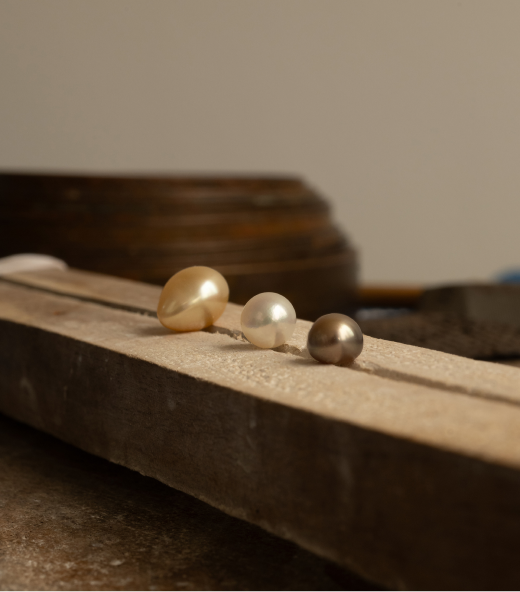
Pearl Types
Golwah
Aesthetically the second level of excellence, which is very close in shape to “Jiwan” but not as consistent. It is said that the name is derived from the Persian word rose or flower.
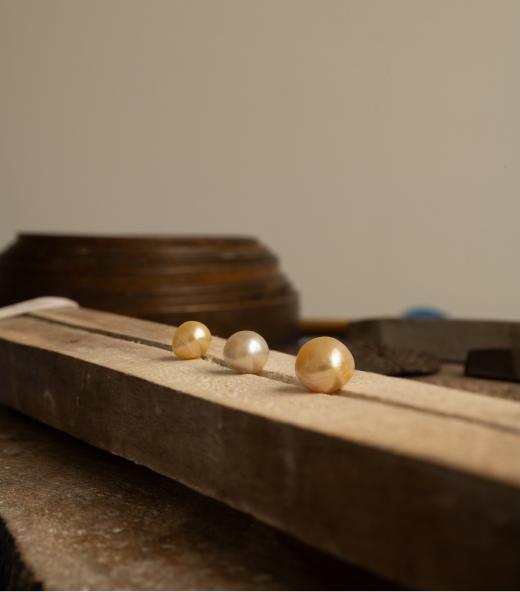
Pearl Types
BAROQUE (BADLA)
Badla, or “Muta’aj” are pearls with irregular shapes.
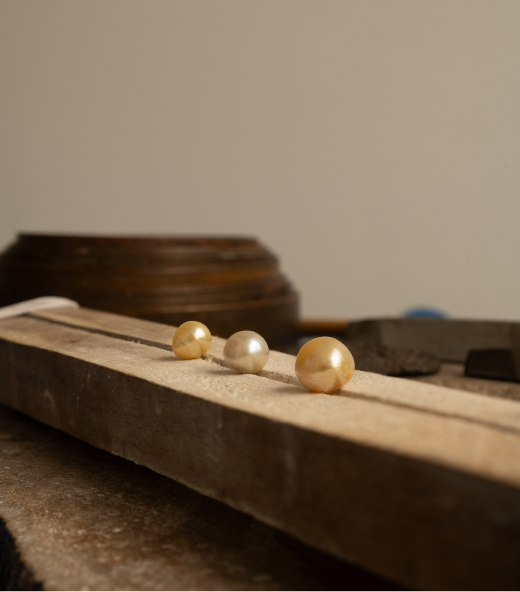
Pearl Types
SMALL PEARLS (Na’em)
Pearls characterized by their small size but known for being round.

Pearl Types
DISCARDED/REJECTED (KHASHRA)
Pearls which lack sparkle or form and are often not suitable for any use.
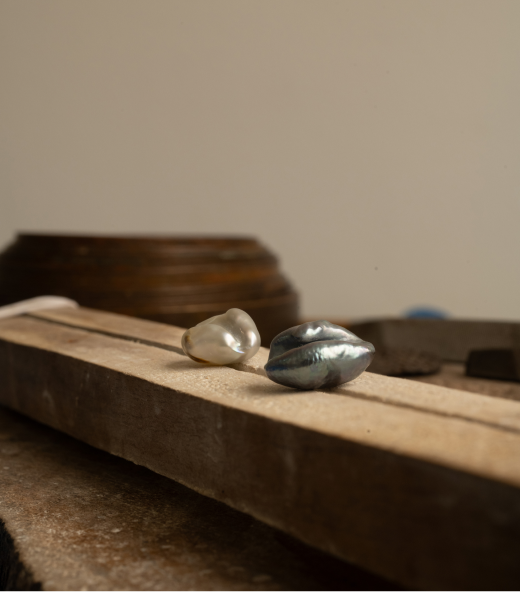
Pearl Types
BLISTER PEARLS (FUSOOS)
Pearls conjoined to the shell, classified depending on the size and the possibility of extraction.
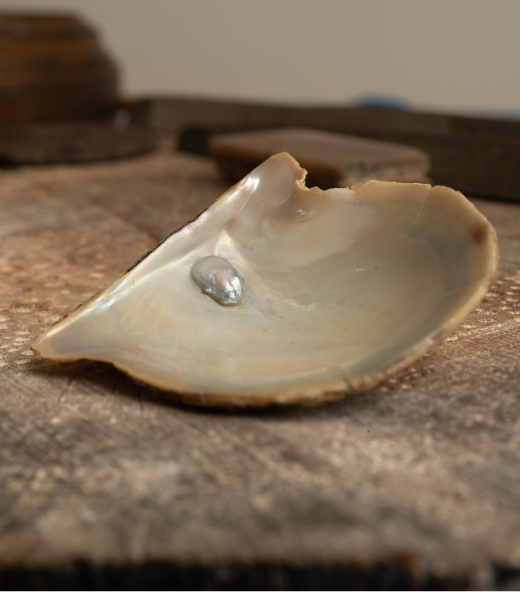
PEARL COLORS
BAHRAIN COLOR CLASSIFICATIONS BREAKS DOWN THEM DOWN TO 12 DIFFERENT COLORS:
MUSHAYYAR
White impregnated by a beautiful touch of red color, it is so rare and expensive that a lot of dealers in this trade may have not seen it in their life time.
NABATI
Close to rock candy, and perhaps slightly darker.
SAMAWI
Sky blue, or any color that contains a hint of a blue tone.
WARDI
White with a pink luster.
SENQBASI
All colors associated with dark gray or dark purple.
QALLABI
White or rock candy with a high luster, while showing the color spectrum.
BASALI
White but not entirely pure.
ASHQAR
A light yellow color.
AKHDAR
Can be dark or has a green overtone.
ZUJAJI
Closer to being transparent.
ASWAD
Black. Seldom suitable for use as it lacks the pearly layer that is usually seen in pearls, and usually contains some cracks.
ABYAD
White or milky color.
Pearling LAWS in Bahrain
ACCORDING TO RESEARCH, NATURAL PEARLS ACCOUNT FOR ONLY 2% OF THE WORLD’S PEARL SUPPLY
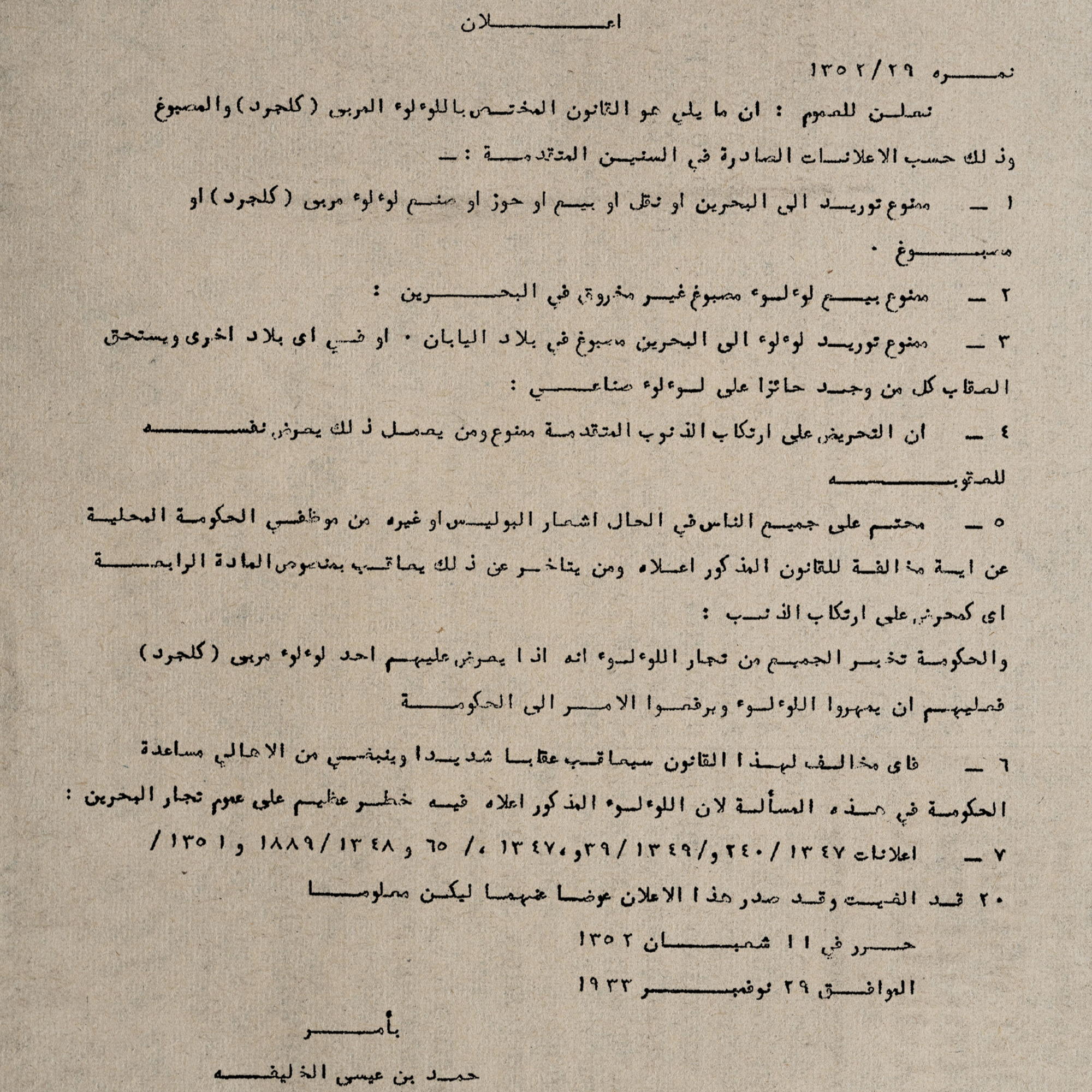
Pearling LAWS in Bahrain
ACCORDING TO RESEARCH, NATURAL PEARLS ACCOUNT FOR ONLY 2% OF THE WORLD’S PEARL SUPPLY
Bahrain, the Pearl of the Gulf, as the center of natural pearl trade in the region, refused to allow the possession of or trade in cultured pearls in its territory, despite the worldwide spread of the business.
Between 1933 and 1990 the Government of Bahrain issued three identical declarations preventing the import, export, transport, sale or possession of cultured or dyed pearls:
The first decree was issued by the ruler of Bahrain, Shaikh Hamad bin Isa Al-Khalifa (number 29, 1933).
The second decree was issued by the ruler of Bahrain, Shaikh Salman bin Hamad Al-Khalifa (number 1, 1949).
The third decree by the ruler of Bahrain and its annexed territories Shaikh Isa bin Salman Al-Khalifa (number 10, 1990).
In 1990 as well, the government of Bahrain founded a laboratory for the inspection of pearls and precious stones and issued law decree number 10 for the control of pearls and previous stones.
Bahrain remained firmly committed to natural pearling and sought to support the committee formed in 1938 in New York City to curb the proliferation of cultured pearls. The committee also established a laboratory for the experiments and research that enables traders to differentiate natural pearls from cultured ones.
On November 5, 1938, the adviser to the Government of Bahrain asked Bahraini pearl traders to support this mission to preserve these jewels from being lost or forgotten.
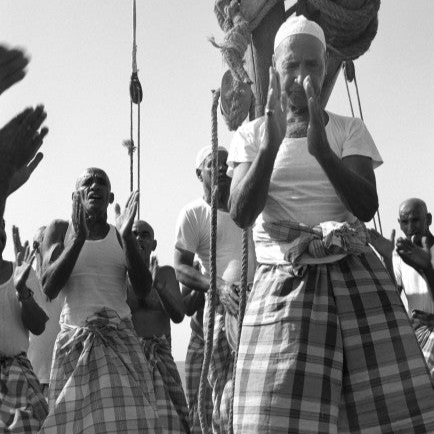
Pearling LAWS in Bahrain
HISTORY OF PEARLING
Throughout history, the little island of Bahrain has been forever intertwined with the story of the pearl, from the ancient days of Dilmun and Tylos to Arados, Awal, and modern Bahrain. Until the discovery of oil in the 1930s, the pearl industry was the island's primary traded commodity, connecting it to the rest of the world. Generations passed down tales of daring voyages that spanned four months and ten days, all in pursuit of these precious gems.
Bahrain's unique waterscape, featuring freshwater wells and shallow beds, provided the perfect environment for pearls to flourish. To this day, our pearls have adorned the crowns of kings and queens, traveled across borders, and been cherished by those who appreciate their natural beauty
Pearling LAWS in Bahrain
PEARLING IN BAHRAIN CULTURE
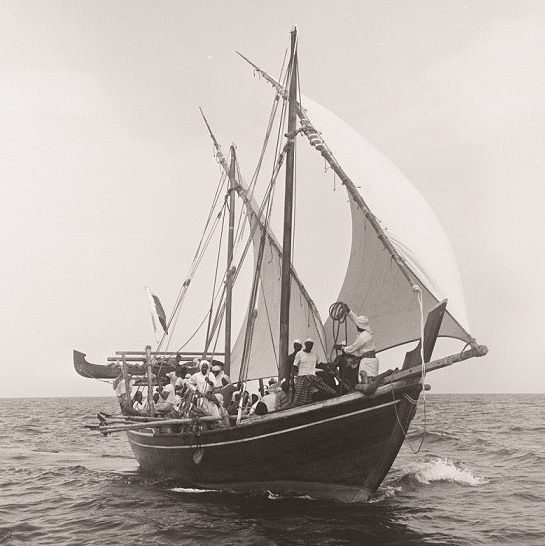
Pearling LAWS in Bahrain
PEARLING IN BAHRAIN CULTURE
Certain neighborhoods in Manama, the capital of Bahrain, have long been associated with the profession of pearling. For instance, “Al-Makhargah” refers to those who practice drilling pearls, known as Kharg. Additionally, many Bahraini family names are tied to their occupations, such as Al-Dalal (pearl dealer) and Al-Shakak (stringer of pearl necklaces), while generations of craftsmen specializing in shipbuilding and other pearling-related trades have similarly adopted names reflecting their heritage.
Pearls and the culture surrounding pearling are integral to the fabric of our society. Not only have neighborhood names been inspired by the professions within the pearling industry, but it has also influenced the naming of women. Names like Dana, which refers to a large, round “perfect” pearl, coveted by divers and merchants alike, have become cherished. Similarly, Lulwa, meaning "pearl," has gained popularity, as well is Juwan, derived from Jiwan (G1) further embedding the significance of pearls into our cultural identity.

